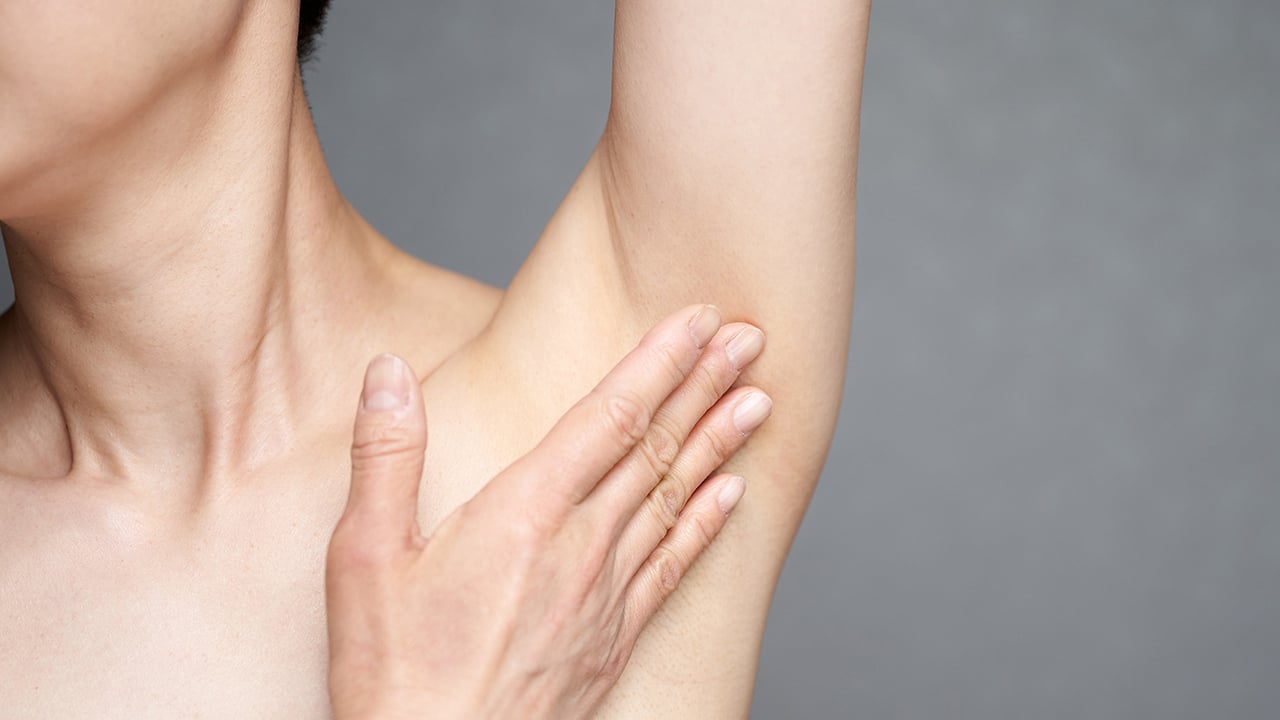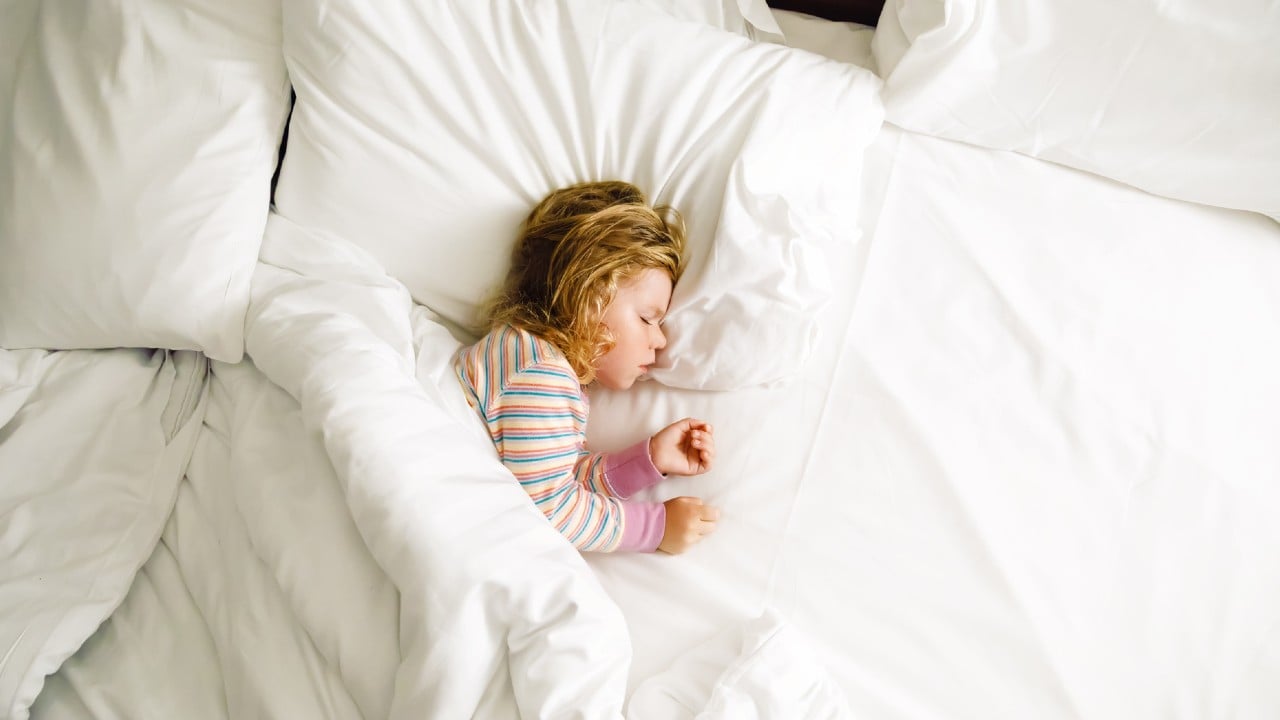Did you know that some women get them under their C-section scars? Here’s everything you need to know about yeast infections.
If you have an itchy spot in your armpit, a suspicious white film around your fingernails, or red rash on your upper thigh, it might be more than a skin irritation—it could be a yeast infection. That’s right, they don’t just happen in the vagina.
“I regularly get a yeast infection in the skin fold under my C-section scar,” says Britt Gray*, a 43-year-old mom of two from Toronto. At first, she wasn’t sure what it was, but the area was red, itchy and had a smelly discharge. “I knew it was some kind of infection, but I was surprised when my doctor said it was a yeast infection on my belly.”
What is a yeast infection?
We all host a range of bacteria and fungus. They can live in hair, around nails, and in the outer layers of the skin. Some skin site infections are caused by a dermatophyte fungus; other times it’s candida, the same yeast fungus that causes vaginal yeast infections.
“Yeast is a normal part of the microbiome of the vagina,” says Dr. Tali Bogler, chair of family medicine and obstetrics at St. Michael’s Hospital in Toronto. “If you did a vaginal swab at any given time, 20 to 30 percent of us would have candida.” It only becomes a problem when the yeast overgrows.
What causes a yeast infection?
A string of steamy summer days can create the right environment for yeast to grow (and overgrow), particularly in spots where moisture can be trapped, like under the breasts, between thighs and in skin folds. Minor skin trauma following a leg wax, a weakened immune system due to an illness, or a round of antibiotics that kills off too much of the body’s helpful bacteria (like lactobacillus acidophilus) can all set the stage for an infection, says Bogler. Some people who have diabetes are also more likely to develop them.
“Over the past few years, I’ve had several on my stomach, and once I even had it in my belly button,” says Gray, who also has issues with eczema and sensitive skin
What does a yeast infection look and feel like?
Many of us are familiar with the burning sensation and thick white discharge associated with vaginal yeast infections, but don’t know how to spot a yeast infection elsewhere on the body. An itchy red rash around the navel, under the breasts or between the thighs, or swelling around fingernails accompanied by a white or yellowish nail can all signal a yeast infection.
But these symptoms can also flag several other skin conditions, ranging from simple irritation to an STI or a bacterial infection. Bacterial vaginosis, for instance, is the most common vaginal infection in people between the ages of 15 and 44, and it requires a slightly different treatment to clear it up.
How is a yeast infection treated?
Over-the-counter yeast infection meds are very effective at treating most vaginal yeast infections—if it’s a yeast infection. “[These] options give women autonomy to listen to their bodies and treat themselves,” says Bogler. “But unfortunately, about 50 percent of the time when people are self-diagnosing, it’s a different type of infection.”
Whether it’s a vaginal or skin site infection, it’s always best to see your doctor to do a swab test so they can get you on the right treatment. If it is a yeast infection, your doctor might prescribe an oral anti-fungal medication, an anti-yeast powder, a suppository, or a cream, like Clotrimazole or Miconazole. Or they may suggest you just pick up an over-the-counter remedy (which contains the same or similar active ingredients in different concentrations).
How can I avoid getting a yeast infection this summer?
When it comes to avoiding vaginal yeast infections, forget what you’ve heard in the past, says Bogler. “Basically, don’t do any of the things that you’ve been told to do to prevent them.” That includes taking probiotics, douching and switching to cotton underwear on steamy days. “This old wives’ tale persists, but the vagina is a naturally warm and moist place,” she says. “What kind of underwear you choose has no effect on whether you develop a vaginal yeast infection.”
If, however, you are prone to infections outside of the vagina—around the perineum, labia or upper thighs, for example—tight garments like shapewear will be your enemy this summer, since they will trap moisture against your skin and create a breeding ground for yeast and bacteria. Instead, opt for light, breathable fabrics. (And yes, in this case, cotton briefs might be the way to go!)
To reduce the chances of developing an overgrowth, clean the susceptible or affected areas daily with a mild cleanser, then thoroughly pat dry and apply a moisture-absorbing body powder or a barrier cream. “Baby diaper rash ointments are designed to protect the skin from moisture and can work wonders,” says Bogler.
“In the summer, I’ve developed a routine of cleaning and drying the area twice a day—in the morning and then at bedtime—and I slather on Canesten cream regularly,” says Gray. “That works well for me.”
*Name has been changed to protect privacy.

 PARENTING TIPS
PARENTING TIPS PREGNANCY
PREGNANCY BABY CARE
BABY CARE TODDLERS
TODDLERS TEENS
TEENS HEALTH CARE
HEALTH CARE ACTIVITIES & CRAFTS
ACTIVITIES & CRAFTS


